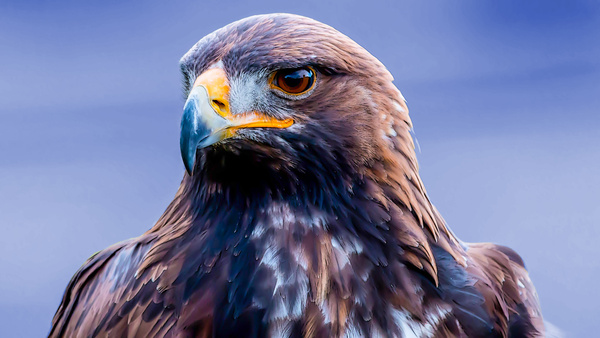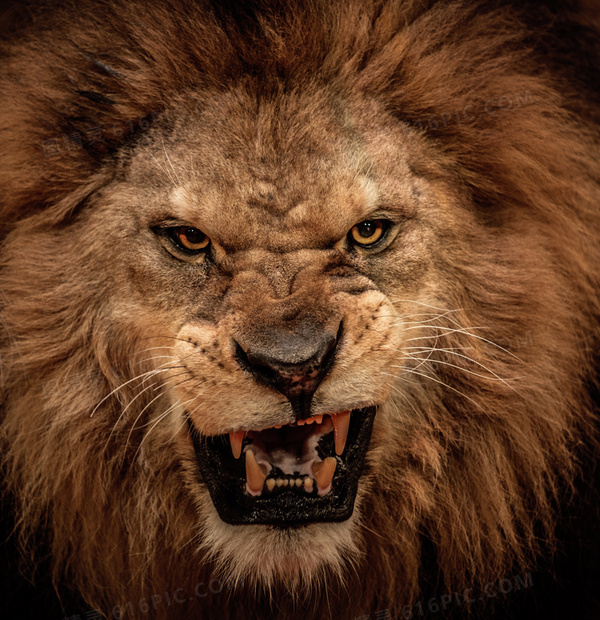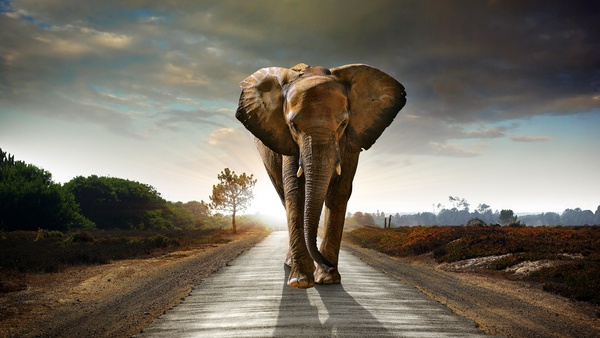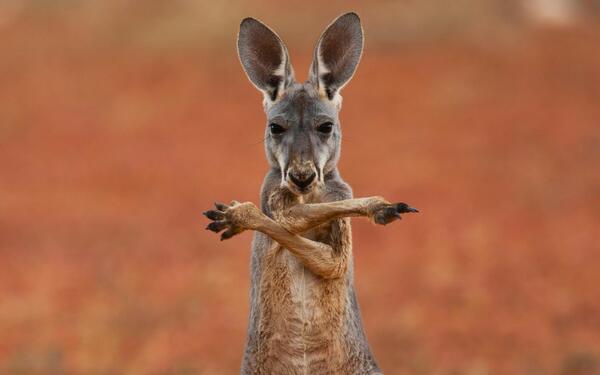Throughout history, animals have often been used as symbols to represent ideals, characteristics, and values. In the context of justice and law, various countries might associate their legal systems with certain animals that embody traits like fairness, wisdom, strength, or vigilance. But what animal should represent the law, and how do different countries view these animal symbols in their legal systems? In this article, we will explore what animals could represent the law in various nations and what they signify.
The eagle, particularly the bald eagle, has long been a symbol of strength, freedom, and justice in the United States. While the eagle is more commonly associated with national pride and freedom, it can also represent the principles of the U.S. legal system.
Why the Eagle? The bald eagle is known for its sharp vision, strength, and soaring nature. These traits can represent the U.S. legal system’s commitment to justice, vigilance, and protection of freedoms. The eagle’s ability to fly high and oversee vast landscapes mirrors the law’s ability to oversee and protect the rights of citizens across a large nation.
In Legal Context: The U.S. legal system emphasizes individual rights, fairness, and liberty, and the eagle symbolizes these values. The legal system is meant to be vigilant, strong, and protective, just as the eagle is in the wild.

In the United Kingdom, the lion is a prominent national symbol and can also be seen as a representative of the country’s legal system. The lion has long been a symbol of royalty, strength, and authority in British history.
Why the Lion? The lion represents strength, courage, and justice, all qualities that align with the legal system in the United Kingdom. The British legal system is known for its historical foundations and enduring stability, much like the lion's position as the "king of the jungle."
In Legal Context: The lion’s association with the monarchy and authority reflects the historical ties between British law and the crown. The lion symbolizes the strength and fairness of the British legal system, which aims to maintain order and justice throughout the country.

In India, the elephant is a revered animal, often associated with wisdom, patience, and strength. As a potential symbol of the legal system, the elephant embodies the characteristics that are crucial to justice.
Why the Elephant? Elephants are known for their intelligence, memory, and ability to navigate through challenges with steady determination. These qualities reflect the ideal attributes of the legal system in India, which should be wise, patient, and enduring in its pursuit of justice.
In Legal Context: The Indian legal system is rooted in principles of fairness and the protection of individual rights. Just as Elephants-Are-Endangered.html">elephants are thoughtful and careful in their actions, the legal system must navigate complex societal issues with wisdom and patience.

The owl was the symbol of Athena, the Greek goddess of wisdom and justice, making it a fitting representation of the legal system in Ancient Greece. The owl is traditionally associated with knowledge, insight, and fairness.
Why the Owl? Owls are creatures of the night, symbolizing their ability to see through darkness and uncover the truth. This makes the owl an apt symbol for a legal system that strives to uncover facts and administer justice with clarity and wisdom.
In Legal Context: The ancient Greek legal system laid the foundations for many modern legal principles, including democracy, fairness, and the rule of law. The owl represents the pursuit of wisdom and justice, key pillars of any legal system.

In China, the tiger represents power, authority, and protection, making it an ideal symbol for the country’s legal system. The tiger is a powerful animal that commands respect and represents the enforcement of laws with strength and precision.
Why the Tiger? Tigers are known for their strength, ferocity, and ability to protect their territory. Similarly, the Chinese legal system emphasizes strength and authority in maintaining social order and protecting its citizens.
In Legal Context: The tiger’s representation in Chinese culture as a guardian and protector aligns with the legal system’s role in enforcing laws and maintaining harmony in society. The tiger’s vigilance and power mirror the legal system’s ability to safeguard justice and deter wrongdoing.

In Australia, the kangaroo is a national icon and could represent the country’s legal system due to its unique characteristics of balance, strength, and adaptability.
Why the Kangaroo? Kangaroos are known for their strong legs, symbolizing the ability to stand firm, and their ability to move forward, which represents progress. These traits could symbolize a legal system that is both strong in its foundation and progressive in adapting to modern needs.
In Legal Context: Australia’s legal system is based on common law principles, emphasizing fairness and justice. The kangaroo’s balance and strength can represent the legal system’s commitment to fairness and its ability to move society forward with just laws.

The beaver is one of the national symbols of Canada and could represent the country’s legal system due to its industrious nature and strong work ethic.
Why the Beaver? Beavers are known for their ability to build and maintain complex structures, symbolizing hard work, persistence, and dedication. The beaver represents the legal system’s role in building and maintaining a fair and just society.
In Legal Context: Canada’s legal system emphasizes equality and fairness, and the beaver’s industrious nature reflects the law’s role in continuously building a just and inclusive society for all citizens.

In Scandinavian countries such as Norway, Sweden, and Finland, the wolf could be seen as a symbol of the legal system. Wolves are known for their strong social bonds and teamwork, which reflect the values of these countries' legal systems.
Why the Wolf? Wolves live in close-knit packs and work together to survive, representing cooperation, loyalty, and community. These traits can be associated with the legal systems in Scandinavian countries, which focus on social welfare, community justice, and fairness.
In Legal Context: The wolf’s emphasis on teamwork and social structure aligns with the legal principles of fairness, social equality, and justice that are central to Scandinavian legal systems.

The question of what animal should represent the law reveals much about the values and principles each country holds dear. Whether it’s the eagle’s strength and vision in the United States, the lion’s authority in the United Kingdom, or the elephant’s wisdom in India, different animals embody the qualities that define their respective legal systems.
Animals, with their symbolic meanings, offer powerful representations of the ideals behind law and justice—whether it's strength, fairness, wisdom, or vigilance. As legal systems around the world continue to evolve, these animals remind us of the enduring principles that guide societies toward justice and equality.
animal tags: Wolf Beaver Kangaroo Law
We created this article in conjunction with AI technology, then made sure it was fact-checked and edited by a Animals Top editor.